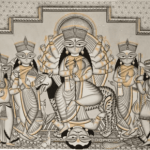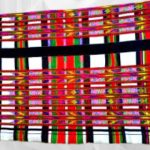
Bengali Patachitra, a traditional form of scroll painting hailing from the eastern Indian state of West Bengal, is a captivating world of art that tells stories, legends, and myths through vibrant visuals. Patachitra, derived from the Bengali words “pata” (cloth or canvas) and “Chitra” (picture), is an art form deeply rooted in the cultural heritage of Bengal. In this blog, we will take a colourful journey into the fascinating world of Bengali Patachitra, exploring its history, techniques, themes, and cultural significance.




